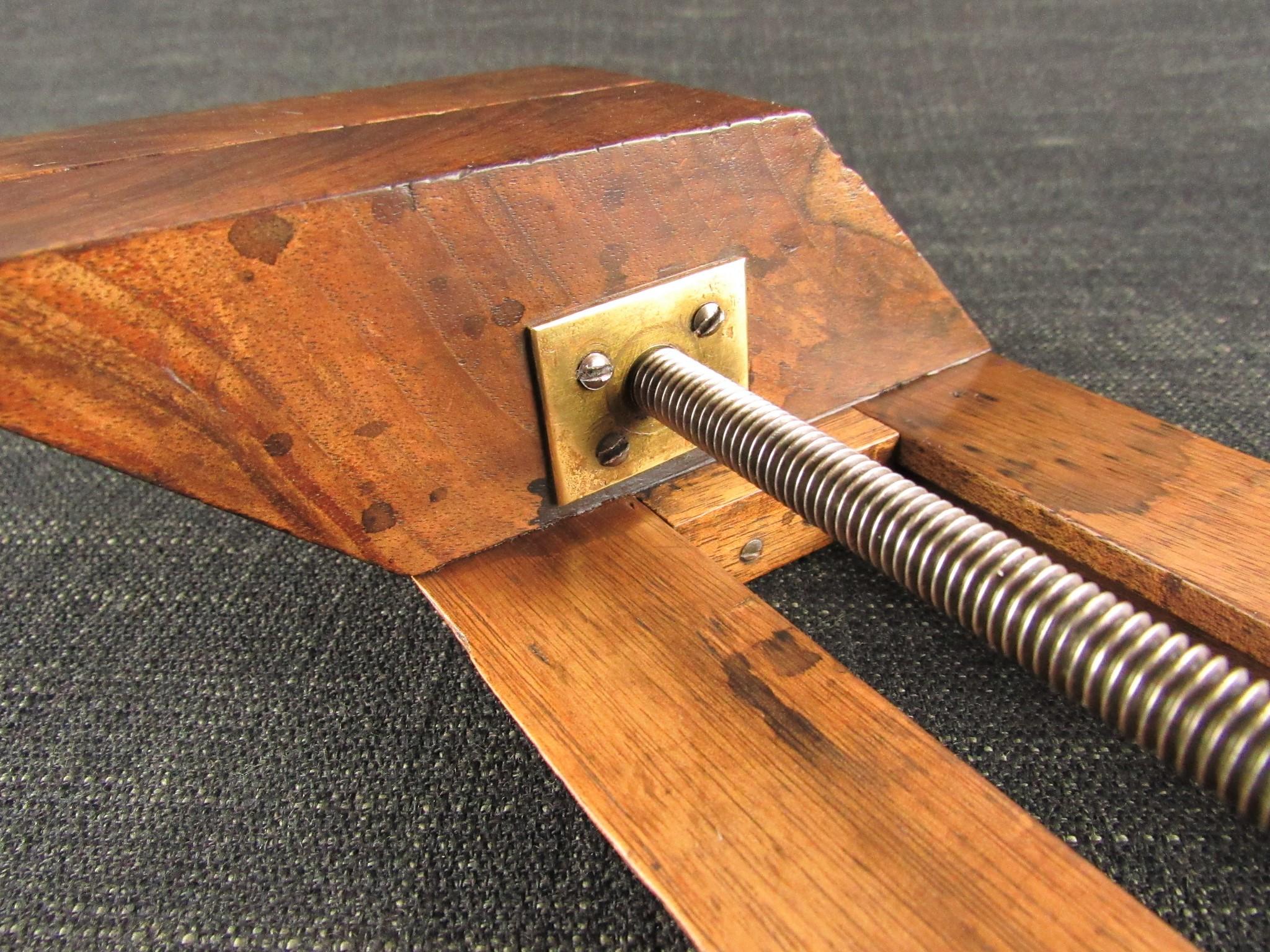

Placing them in areas less exposed to firing.īlocks have anti-ricochet properties for the following bullets: Understood to mean changing the position of blocks and With such a system - each balistic block is to be inspected afterįiring 5,000 rounds of ammunition. Wear-resistant steel, 50mm thick anti-ricochet panel and a The most common system uses a combination of ballistic or Standard size of the blocks is 700 x 200 x 305mm, however, it is possible to manufacture them in other sizes.Blocks are produced for firing with ammunition from 9mm Parabellum to 7.62 x 54mm R.Produced elements have a density of 0,98 g/cm3.
#Shooting blocks free
Blocks are placed using a compression technology, so there is no free space between them.Blocks are made in any colour, standard colours are: black, green, red.Side bullet trap - firing at 180 degrees.Main bullet trap - firing in one direction.Wall claddings can be made using fire-resistant technology in the following fire resistant classes - up to C s1 d0 (previously selected by the customer in accordance with PN-EN 13501-1 standard). Heavily used areas such as walls and balustrades at right angles to the firing direction or areas around the backstop are consequently better protected. They are made of hot-pressed SBR abrasive (abrasive/EPDM granulate) bonded with a polyurethane binder.

The use of ballistic blocks contributes to a significant extension of the life span of the shooting range. By stopping the bullet inside the material, the emission of harmful lead oxides is reduced (the bullet does not reach the steel layer). Its key aim is to prevent ricochets, thus ensuring the safety of facility users. GISS ballistic rubber blocks represent a product that is used as a coating for all kinds of walls, partitions, or as a component applied in bullet traps.


 0 kommentar(er)
0 kommentar(er)
